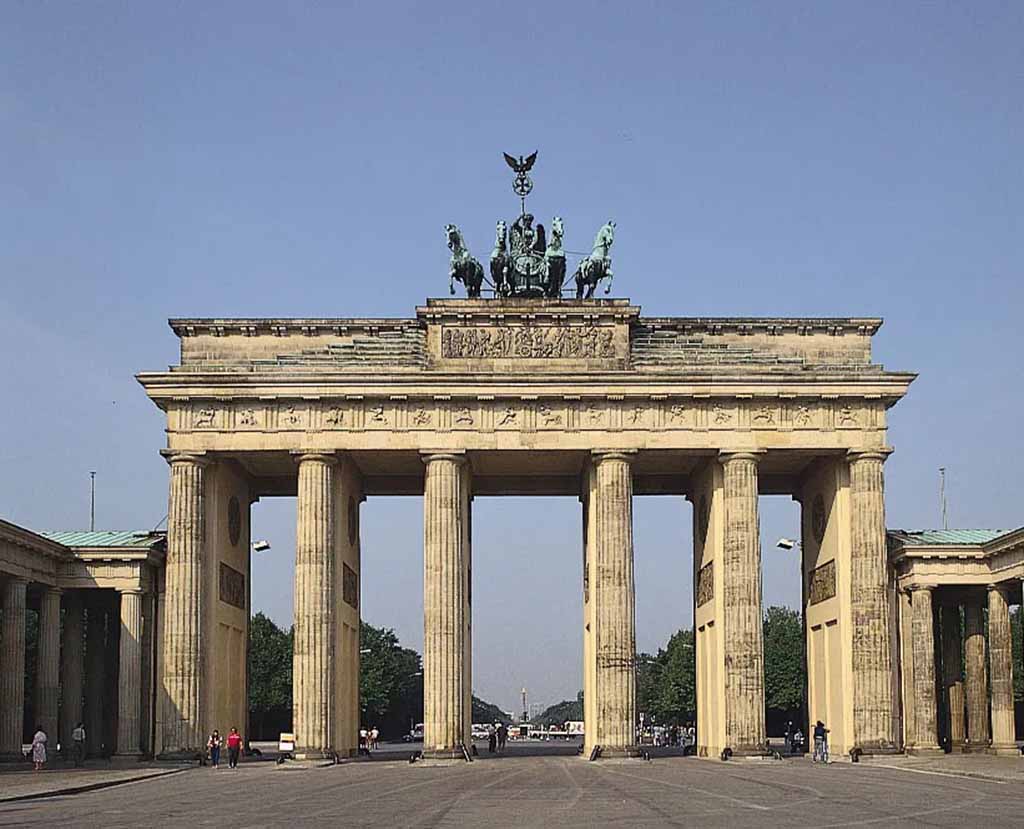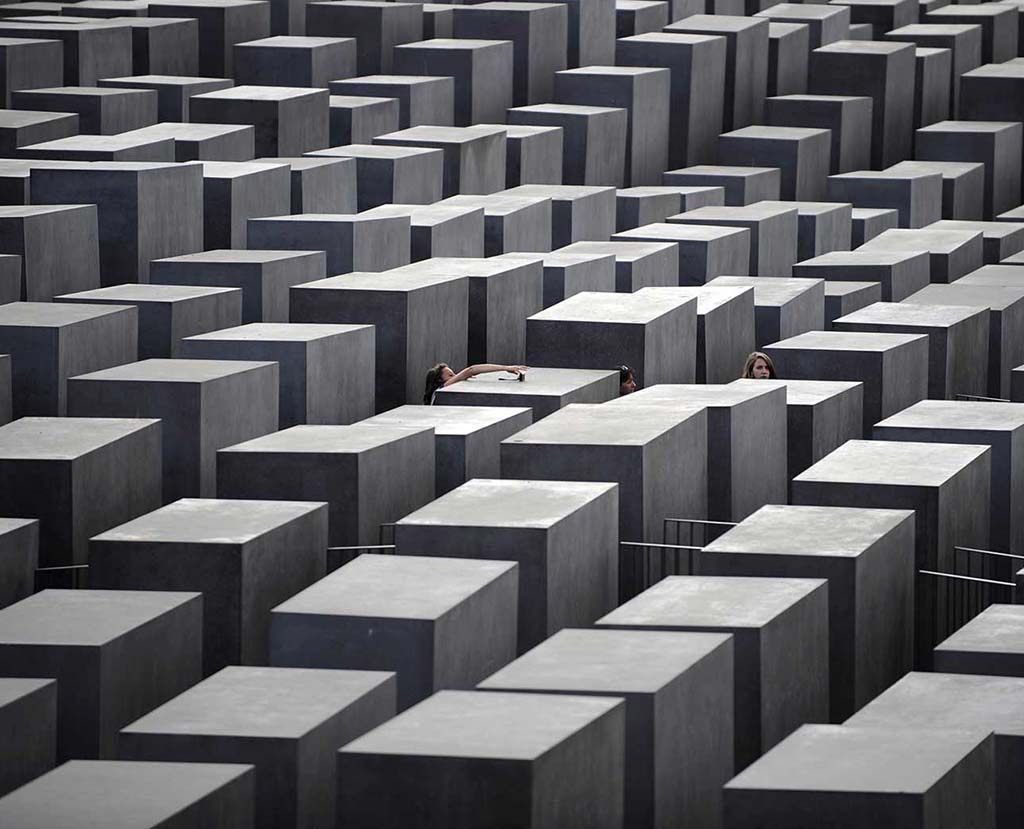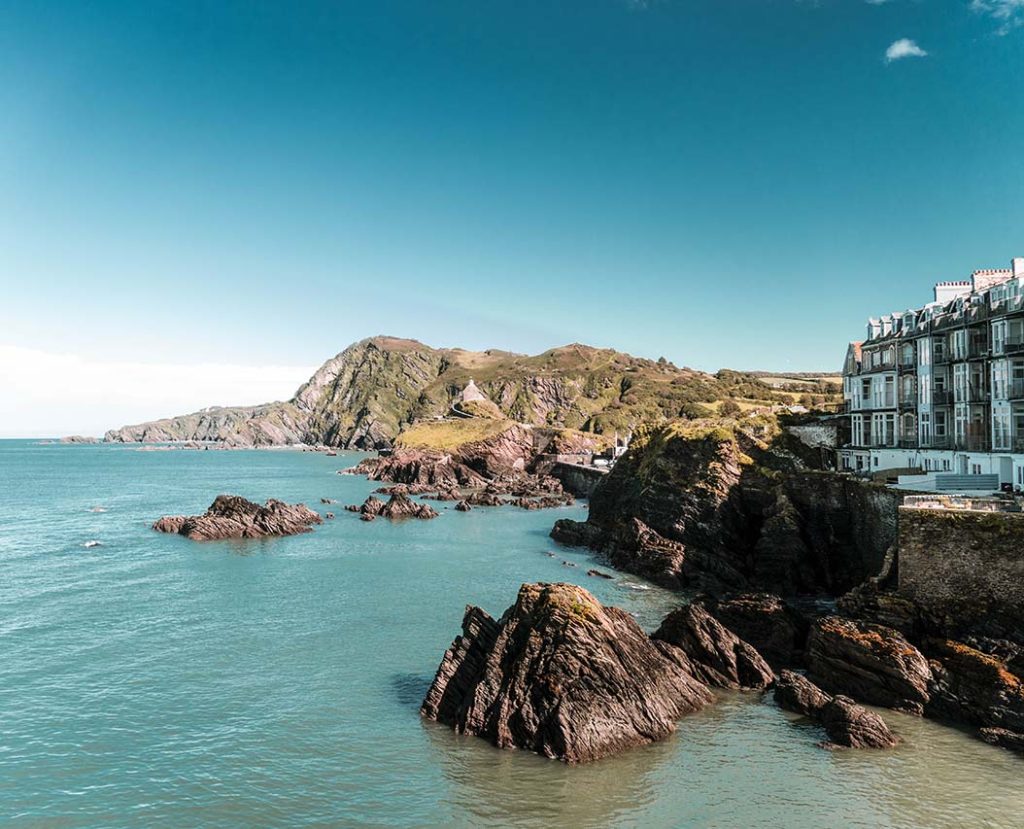In Berlin, a city that has been reborn after war, history and the present resonate between bricks and tiles, presenting a unique and profound urban landscape. As a city that preserves historical and cultural heritage and boldly embraces modern design, Berlin can almost be regarded as an “open architecture museum”.
There are not only well-preserved Baroque palaces and classical theaters, but also modern architectural works full of pioneering spirit. From the geometric simplicity of Bauhaus to the landmark buildings designed by Pritzker Prize winners, all of them reflect the city’s openness and tolerance to architectural language.
Walking on the streets of Berlin, you will feel a dialogue of time – the heaviness of history and the agility of the present are interwoven into a rich and diverse urban picture. Whether you are an architecture enthusiast or a traveler who is simply attracted by aesthetics, this is an excellent destination for exploration and immersion.
Ⅰ. Recommended attractions
1. Brandenburg Gate: A classical symbol of Prussian glory
Location: Pariser Platz, 10117 Berlin
Opening hours: Open all day
Suggested time to visit: 30 minutes to 1 hour
Transportation route: Take the subway U-Bahn U55 line to Brandenburger Tor station and walk there
Recommended booking platforms: GetYourGuide, Klook, Berlin WelcomeCard
Cost: Free to visit (if you join a guided tour, the price is about 15-25 euros)

The most iconic classical building in Berlin is undoubtedly the Brandenburg Gate. Built in the late 18th century, this neoclassical archway was once a symbol of glory for the Prussian Empire and witnessed the unification of Germany and the division during the Cold War. Its six tall columns and the bronze chariot statue of the goddess of victory are not only of great historical value, but also compositional elements that photographers are vying to capture. Architecture fans can take a closer look at the relief details on the doorposts to understand its influence on ancient Greek architecture.
If you want to learn more about its historical background and architectural aesthetics, it is recommended to join the historical walking tour provided by GetYourGuide or Klook. Not only can you get professional explanations, but you can also connect the surrounding buildings such as Potsdamer Platz and the Memorial Cathedral, killing two birds with one stone.
2. German Parliament Building: Political Transparency in the Glass Dome
Location: Platz der Republik 1, 11011 Berlin
Opening hours: 8:00 to midnight daily (advance reservation required)
Suggested playing time: 1.5 to 2 hours
Transportation route: Subway U-Bahn line to Bundestag station
Recommended booking platform: Tiqets, GetYourGuide, Klook
Fee: Free (online reservation in advance); including guided tour package starting from about 10 euros
The German Federal Parliament Building (Reichstag) is not only a core symbol of political power, but also a model of the fusion of modern architecture and history. The classical structure built in the 19th century was redesigned by British architect Norman Foster in the 1990s and added with the world-famous glass dome. This dome is not only avant-garde in appearance, but also has a spiral walkway inside, which symbolizes political transparency and people’s supervision of parliament.
It is recommended to make an online reservation in advance, especially during the peak tourist season when entry restrictions are tight. If you want to learn more about the internal structure and design concept of the building, you can sign up for the internal explanation tour provided by GetYourGuide, which includes an analysis of the architectural history and a visit to the circular conference hall (security check required).
3. The New Berlin National Library: The Continuation of the Bauhaus Spirit
Location: Potsdamer Straße 33, 10785 Berlin
Opening hours: Monday to Friday 9:00-21:00, Saturday 10:00-19:00, closed on Sunday
Suggested time for visiting: 1 to 1.5 hours
Transportation route: Take the subway line U2 to Potsdamer Platz station
Recommended booking platform: Berlin WelcomeCard, Klook (architectural tour)
Fee: Free entry to the lobby and external tours, guided tours start at about 12 euros
The new Berlin National Library was designed by Hans Scharoun, a representative of the Bauhaus, and its appearance is like a floating “Ark of Knowledge”. The overall structure adopts a modular approach, and the yellow metal sheet is combined with a streamlined outline, reflecting the rational and experimental modernist style. The interior ceiling uses natural lighting and skylights of different heights to break the monotonous sense of space and create a smart atmosphere for readers.

Architecture enthusiasts can choose the architectural art route provided by Berlin WelcomeCard, which includes a deconstruction tour of the library’s exterior and interior, and extends to the Berlin Philharmonic Hall and other buildings in the same district.
4. Berlin Central Station: The Steel Beauty of Structuralism
Location: Europaplatz 1, 10557 Berlin
Opening hours: Open all day
Suggested playing time: 30 minutes to 1 hour
Transportation route: All subway lines, regional trains and ICE high-speed trains can reach it
Recommended booking platform: Klook (transportation pass), GetYourGuide (station building guide)
Fee: Free visit; guided tours start at about 10 euros
If the city has “arteries”, then Berlin Central Station is the core node. This one of the most modern railway hubs in Europe, with a five-story vertical layout composed of glass, steel and open space structures, is like a vertical city. The skylights inside the building are crisscrossed, and natural light shines into each platform through the roof glass, presenting a highly technological and dynamic visual experience.
Photographers can choose to shoot in the early morning or dusk, when the light is more layered; architecture enthusiasts can sign up for the architectural tour provided by Berlin Highlights to get a background analysis of the structural design.
5. Berlin Jewish Memorial: Silent Scream in Abstract Space
Location: Cora-Berliner-Straße 1, 10117 Berlin
Opening hours: The monument area is open all day, and the underground exhibition hall is open from 10:00 to 20:00
Suggested playing time: 1 hour
Transportation route: Subway U55 to Brandenburger Tor or walk from the Reichstag within 10 minutes
Recommended booking platform: GetYourGuide, Klook, Tiqets
Cost: The monument is free, and the exhibition hall ticket is about 5 euros (about 10-15 euros for the guided tour)
This Jewish Memorial designed by architect Peter Eisenman is composed of 2,711 cement stone columns, forming a spatial experience that is both abstract and emotional. Visitors step into it as if they are in a silent maze, symbolizing loss, depression and reflection. The stone pillars vary in height with the terrain, which not only breaks the visual order, but also inspires deep thinking about the emotional communication of architecture.
It is recommended to visit the underground exhibition center to understand the cultural significance behind the building and Germany’s attitude towards historical memory. If you want a more complete explanation experience, you can sign up for an in-depth explanation group through GetYourGuide, covering the architectural concept, construction process and the semiotic meaning behind the architectural language.

Ⅱ. Tips for Berlin Architecture Tour
1. Visiting rhythm suggestions
Although Berlin is a metropolis, its architectural attractions are relatively concentrated, so you still need to arrange your itinerary reasonably to avoid fatigue. It is recommended to arrange 2 to 3 key building visits every day, and take a break in the city green space or local cafes in the middle, such as Tiergarten, Hackescher Markt or the waterside cafe on the Spree River. This rhythm can not only ensure that you are energetic, but also maintain freshness and enthusiasm for appreciation between the transition between classical and modern styles.
2. Best shooting time
Photography enthusiasts should pay special attention to the “golden hour” – about an hour before and after sunrise and sunset, which is the best time to shoot modern buildings made of glass and metal. Buildings with complex structures and reflective surfaces such as Berlin Central Station, the German Reichstag and the Berlin TV Tower present unique layers and textures in the early morning and dusk. If you want to shoot in the early morning, please make an appointment in advance.
3. Recommended passes and insurance
It is recommended to purchase the Berlin WelcomeCard, which covers most of the city’s public transportation routes and includes discounted admission to many museums and architectural landmarks, especially suitable for multi-day architectural in-depth tours. In order to deal with equipment accidents, loss or other emergencies, it is recommended to purchase additional travel insurance, such as Allianz Travel Insurance or Eurostar Travel Protection, especially for tourists carrying expensive photographic equipment, which can add peace of mind and protection to the entire trip.
Berlin is not only a synonym for the Cold War and literature, but also an architectural stage that constantly reconstructs itself. Every brick and tile is a continuation of a history, an attitude, and an emotion. I hope that this travel note of an “architecture fan” can provide you with a more in-depth journey. Whether you are looking for scenes for the lens or for inspiration, there are always buildings in Berlin waiting to resonate with you.



